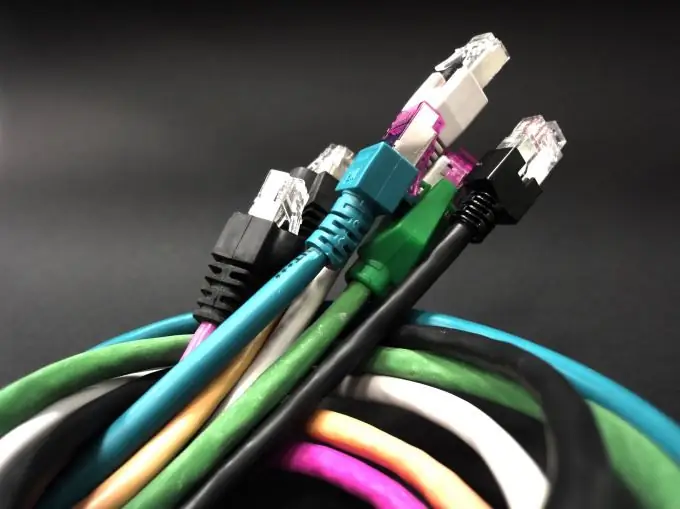When connected to an ISP using a leased line, you may be asked for the MAC addresses of all equipment you use. This is necessary so that unauthorized persons cannot use your connection.

Instructions
Step 1
You can find out the MAC address of the network card of a desktop computer without even turning it on. It is enough to remove the cover from it, and you will see this address right on this board. If the computer is turned off, the card can be pulled out to get a better look at the markings, and then reinserted. Such manipulations cannot be performed with the computer turned on.
Step 2
If the network card is built into the motherboard, the MAC address label may be missing. In laptops, such cards are often made separately from the motherboard, but if you do not have the skills to disassemble laptop computers, it is better not to try to get to it yourself. Either entrust the job to someone with these skills, or find out the MAC address using software tools.
Step 3
Network equipment does not always have MAC addresses. Hubs and switches (switches) do not have them, so you do not have to report information about them to the provider. But routers and WiFi equipment always have them. Read the MAC address on a special sticker usually found on the bottom of the machine.
Step 4
Use a special command to programmatically determine the MAC address. On Linux, it looks like this: ifconfig On Windows, use a different command: ipconfig / All If the machine has multiple NICs installed, you will see the MAC addresses of each of them. In Linux it is listed in the "Link encap: Ethernet HWaddr" line, in Windows - in the "Physical address" line. In the first case, two-digit hexadecimal numbers included in the address will be separated from each other by colons, in the second - by spaces. It doesn't matter. Give the address to the provider in any of these formats - the operator will enter it correctly into the database anyway.
Step 5
A Bluetooth equipped phone also has a MAC address. If it also has WiFi, it has another such address. If you use a Nokia phone, try to recognize the first of them with the USSD command * # 2820 #, and the second with the command * # 62209526 #. You do not need to press the call button after these commands. It is usually not necessary to tell the provider the MAC address of the phone's WiFi module, since most subscribers have WiFi access points combined with routers.






